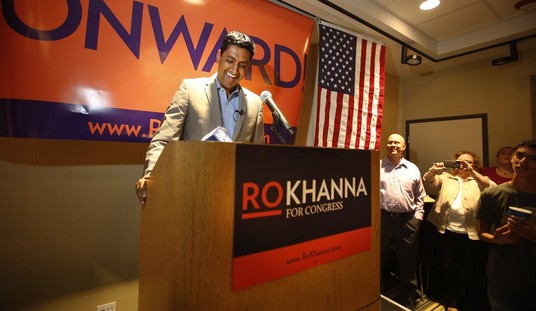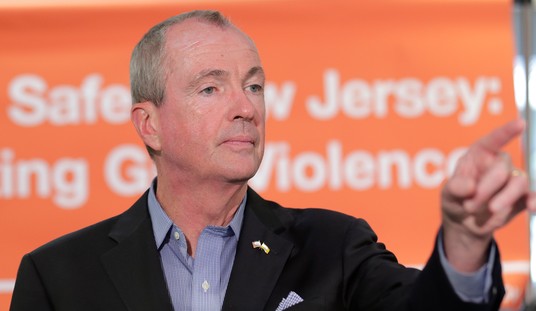We have had a lot of fun with the Tuzla Dash, but Christopher Hitchens spoiled it all yesterday by reminding us that it means something deeper than Hillary Clinton’s already-recognized character flaws. When liars construct delusions or fantasies, they do so to both build false narratives and to hide something. What did the Tuzla dash hide? Hitchens has a theory:
There are two kinds of deliberate and premeditated deceit, commonly known as suggestio falsi and suppressio veri. (Neither of them is covered by the additionally lying claim of having “misspoken.”) The first involves what seems to be most obvious in the present case: the putting forward of a bogus or misleading account of events. But the second, and often the more serious, means that the liar in question has also attempted to bury or to obscure something that actually is true. Let us examine how Sen. Clinton has managed to commit both of these offenses to veracity and decency and how in doing so she has rivaled, if not indeed surpassed, the disbarred and perjured hack who is her husband and tutor. ….
Note the date of Sen. Clinton’s visit to Tuzla. She went there in March 1996. By that time, the critical and tragic phase of the Bosnia war was effectively over, as was the greater part of her husband’s first term. What had happened in the interim? In particular, what had happened to the 1992 promise, four years earlier, that genocide in Bosnia would be opposed by a Clinton administration?
In the event, President Bill Clinton had not found it convenient to keep this promise. Let me quote from Sally Bedell Smith’s admirable book on the happy couple, For Love of Politics:
Taking the advice of Al Gore and National Security Advisor Tony Lake, Bill agreed to a proposal to bomb Serbian military positions while helping the Muslims acquire weapons to defend themselves—the fulfillment of a pledge he had made during the 1992 campaign. But instead of pushing European leaders, he directed Secretary of State Warren Christopher merely to consult with them. When they balked at the plan, Bill quickly retreated, creating a “perception of drift.” The key factor in Bill’s policy reversal was Hillary, who was said to have “deep misgivings” and viewed the situation as “a Vietnam that would compromise health-care reform.” The United States took no further action in Bosnia, and the “ethnic cleansing” by the Serbs was to continue for four more years, resulting in the deaths of more than 250,000 people.
Hitchens’ outrage starts on a more personal level. He recalls flying into Bosnia in 1992, really under sniper and mortar fire, and having to dash for safety after a corkscrew landing. No one who undergoes that kind of trial forgets it, Hitchens writes, and no honest person could mistake it for a stroll off of a transport to a greeting ceremony on the tarmac.
Why did Hillary construct the Tuzla Dash? Hitchens suspects that she wanted to distract attention from the Clinton administration’s lack of fortitude on Bosnia — and why it lacked tenacity. Hillary at the time wanted the administration to focus all of its political clout on nationalizing health care. It was Hillary who sacrificed action in the Balkans in exchange for a health-care plan that turned into an electoral fiasco. Only after the Democrats took a beating in November 1994 did Bosnia get back on Clinton’s radar screen, and probably only to be seen as decisive in at least one area of policy.
The Clinton administration deserves credit for finally forcing an end to the atrocities in the Balkans. Hitchens would probably agree with that, too. However, their repeated attempts to blow themselves into fearless crusaders has Hitchens fuming, not laughing, at the Tuzla Dash. Maybe the rest of us should take it more seriously as well.








Join the conversation as a VIP Member